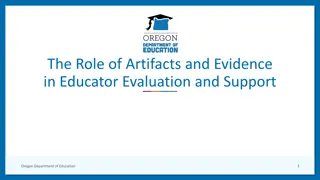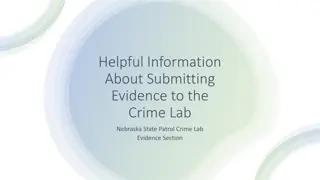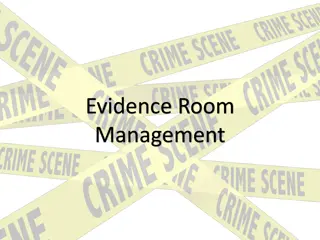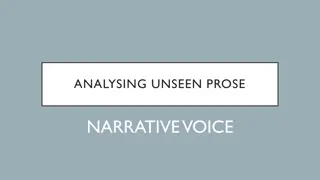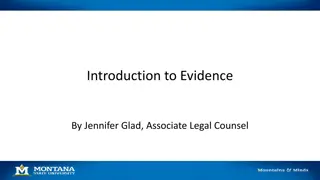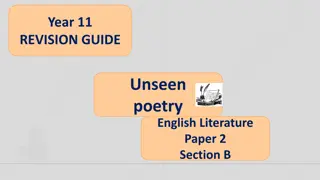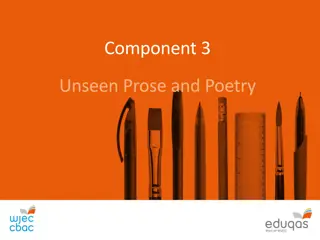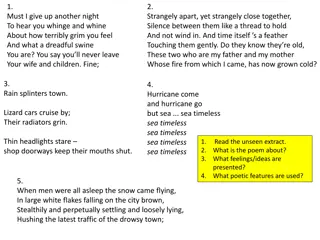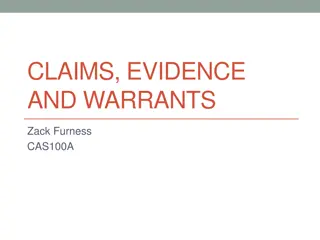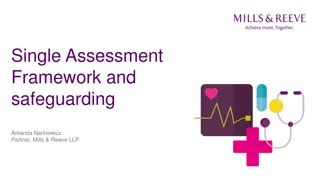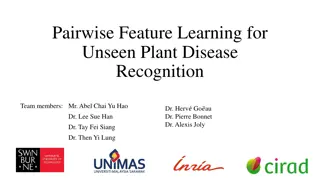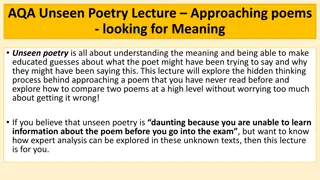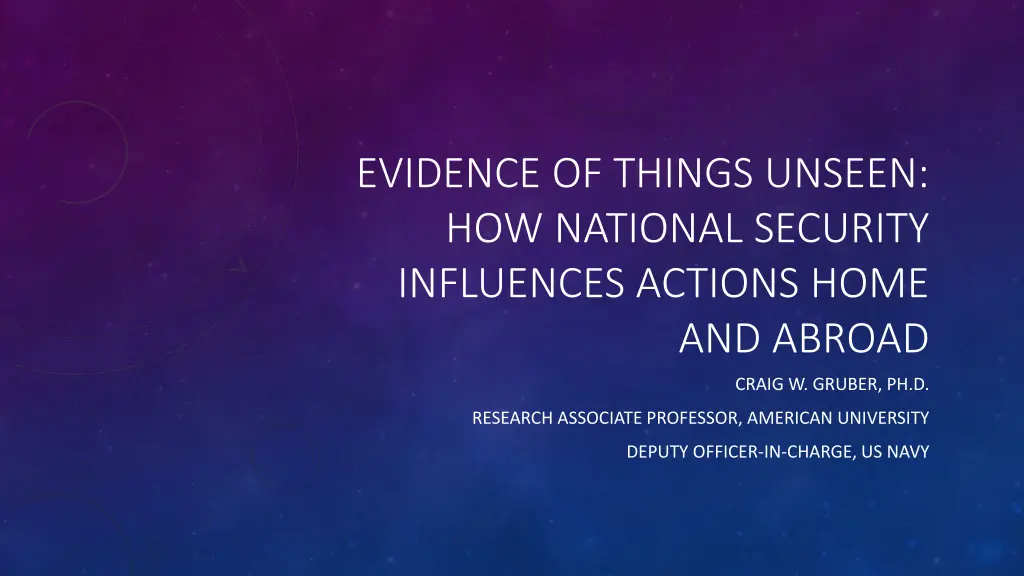
Unseen Influence: National Security's Impact on Actions
Explore how national security influences both domestic and international actions through a comprehensive overview of agencies and intelligence elements involved in safeguarding the country. Learn about key organizations, their roles, and the types of intelligence gathering that shape global security strategies.
Download Presentation

Please find below an Image/Link to download the presentation.
The content on the website is provided AS IS for your information and personal use only. It may not be sold, licensed, or shared on other websites without obtaining consent from the author. If you encounter any issues during the download, it is possible that the publisher has removed the file from their server.
You are allowed to download the files provided on this website for personal or commercial use, subject to the condition that they are used lawfully. All files are the property of their respective owners.
The content on the website is provided AS IS for your information and personal use only. It may not be sold, licensed, or shared on other websites without obtaining consent from the author.
E N D
Presentation Transcript
EVIDENCE OF THINGS UNSEEN: HOW NATIONAL SECURITY INFLUENCES ACTIONS HOME AND ABROAD CRAIG W. GRUBER, PH.D. RESEARCH ASSOCIATE PROFESSOR, AMERICAN UNIVERSITY DEPUTY OFFICER-IN-CHARGE, US NAVY
The U.S. Customs Service (Treasury) National Domestic Preparedness Office (FBI) The Immigration and Naturalization Service (Justice) CBRN Countermeasures Programs (Energy) The Federal Protective Service Environmental Measurements Laboratory (Energy) The Transportation Security Administration (Transportation) National BW Defense Analysis Center (Defense) Federal Law Enforcement Training Center (Treasury) Plum Island Animal Disease Center (Agriculture) Animal and Plant Health Inspection Service (part)(Agriculture) Federal Computer Incident Response Center (GSA) WHY DHS Office for Domestic Preparedness (Justice) National Communications System (Defense) The Department of Homeland Security was established in 2002, combining 22 different federal departments and agencies into a unified, integrated Cabinet agency. The Federal Emergency Management Agency (FEMA) National Infrastructure Protection Center (FBI) Strategic National Stockpile and the National Disaster Medical System (HHS) Energy Security and Assurance Program (Energy) Nuclear Incident Response Team (Energy) U.S. Coast Guard Domestic Emergency Support Teams (Justice) U.S. Secret Service
Two independent agencies: Office of the Director of National Intelligence (ODNI) Central Intelligence Agency (CIA); Nine Department of Defense elements: Defense Intelligence Agency (DIA) National Security Agency (NSA) National Geospatial- Intelligence Agency (NGA) National Reconnaissance Office (NRO) Intelligence elements of the five DoD services; the Army, Navy, Marine Corps, Air Force, and Space Force. WHY INTELLIGENCE Seven elements of other departments and agencies: The U.S. Intelligence Community is composed of the following 18 organizations: Department of Energy s Office of Intelligence and Counter-Intelligence Department of Homeland Security s Office of Intelligence and Analysis U.S. Coast Guard Intelligence Department of Justice s Federal Bureau of Investigation Drug Enforcement Administration s Office of National Security Intelligence Department of State s Bureau of Intelligence and Research Department of the Treasury s Office of Intelligence and Analysis
WHAT WE SEE The INT s HUMINT is a category of intelligence derived from information collected and provided by human sources. GEOINT is the exploitation and analysis of imagery and geospatial information to describe, assess, and visually depict physical features and geographically referenced activities on the Earth. MASINT is information produced by quantitative and qualitative analysis of physical attributes of targets and events to characterize, locate, and identify them OSINT is intelligence based on open source information that any member of the public can lawfully obtain by request, purchase, or observation SIGINT - is intelligence produced by exploiting foreign communications systems and noncommunications emitters. TECHINT - is derived from the exploitation of foreign materiel and scientific information. CYBINT/DNINT is derived from cyber and digital methods (white hat etc.) FININT is information derived from examining financial information to determine flows and implications
HOW WE KNOW WHAT WE DONT SEE: THE EVIDENCE OF THINGS UNSEEN Example: Gravity In Intelligence Relationships Actions When we see something, we can deduce/infer both causality and subsequent effects
IMPLICATIONS HOME AND ABROAD Domestically Terrorism Supremacist groups The Intelligence and Security enterprise needs to be right 100% of the time. mis-information and dis-information campaigns Abroad The adversary only needs to be right once. Adversary intentions Adversary capabilities Foreign projection and intent understandidng
CHALLENGES AND OPPORTUNITIES BOTH MET AND MISSED IN DOMESTIC AND INTERNATIONAL SECURITY. Challenges Opportunities Information sharing Increasing information environment Zero defect mentality (and reality) Russia has made information sharing cool again Restrictions on domestic actions Allies are actually Allies again FBI and DHS inside the US only The US has returned as a trusted partner on the International Stage The individual from Otis/Joint Base Cape Cod
CHALLENGES MET AND UNMET Nailed it! Proof we can do better Invasion of Ukraine 9/11 55 other things I can t talk about Charlottesville Insurrection at US Capitol

